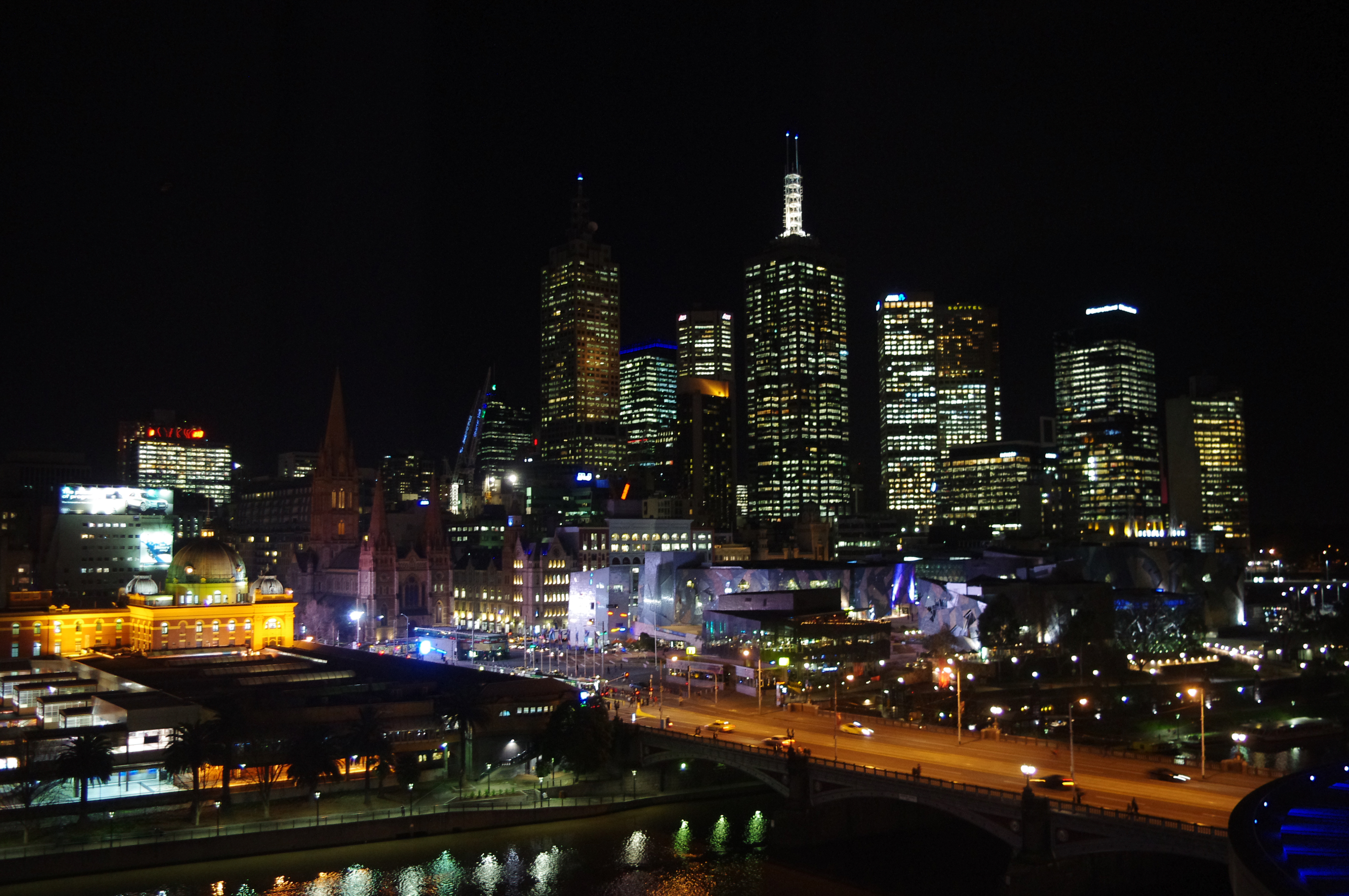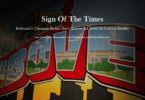Students in Melbourne fear they’ll be forced out of the city as the Victorian capital grows into Australia’s biggest city.
Repeatedly named the world’s most liveable city, Melbourne recorded its highest rate of interstate migration in more than 40 years, attracting almost 10,000 people from the rest of Australia in the past year alone.
By 2053, Melbourne is predicted to have a population of around eight million. Since 2006, the city has seen a 9.7 per cent population increase compared to Sydney’s 6.6 per cent.
For young people who have lived in the city their whole lives, this may mean being pushed further and further out of the metropolitan area as wealthy migrants and property developments dominate inner localities.
Chris Langley, a design student at Melbourne’s RMIT University who grew up in the eastern suburb of Ringwood, is worried about how his employment and housing prospects might fare with the population increasing so fast.
“Inner-city suburbs that suit young professionals well, like North Melbourne and Fitzroy, will start becoming just as expensive as apartments in the CBD – and they’ll be built up into more high-rise apartments, which will make Melbourne lose the character that sets it apart from cities like Sydney.”
Young independents aged 18-35 make up an increasing majority of Melbourne’s population. For those looking to leave the family home and set up closer to the capital city, the population boom could be bad news.
Enzo Raimondo, CEO of the Real Estate Institute of Victoria, said the younger market is provoking these price hikes.
“As suburbs become sought after by ‘younger’ buyers, they inevitably increase in value. We’ve seen this take place in Richmond and Abbotsford in the past 12 months, with the latter now having a median house price above $1m ($1.043m) for the first time.”
Those coming into Melbourne from interstate, however, are basking in the city’s comparative affordability.
Max Quinn, who works for ABC’s youth broadcaster Triple J, recently moved to a two-bedroom unit in Northcote from an inner Sydney unit.
“It’s much cheaper in terms of housing. For a two-bedroom unit in Sydney, the rent was almost double per week,” he said.
“Even factoring in weekly cost of transport (I walked to work in Sydney), it’s much more affordable – although, I paid nine dollars for a smoothie on High Street on the weekend.”
Road links into the city, as well as pockets of unused land ideal for suburban expansion, make Melbourne ideal for continued growth.
The Victorian Government’s Plan Melbourne initiative named Key Activity and Job Centres as suburbs like Ringwood, Dandenong and Epping – all areas with significant commutes into Melbourne’s CBD – putting the pressure on Public Transport Victoria to deliver efficient, reliable services from increasing distances out of the city.
Professor Bruce Rasmussen, Director of the Victorian Institute for Strategic Economic Studies, argued that Melbourne isn’t adequately equipped to cope with this constant flow of migration.
“There needs to be a massive investment in the right kind of infrastructure that can support a city that has to become much more environmentally sustainable.”






